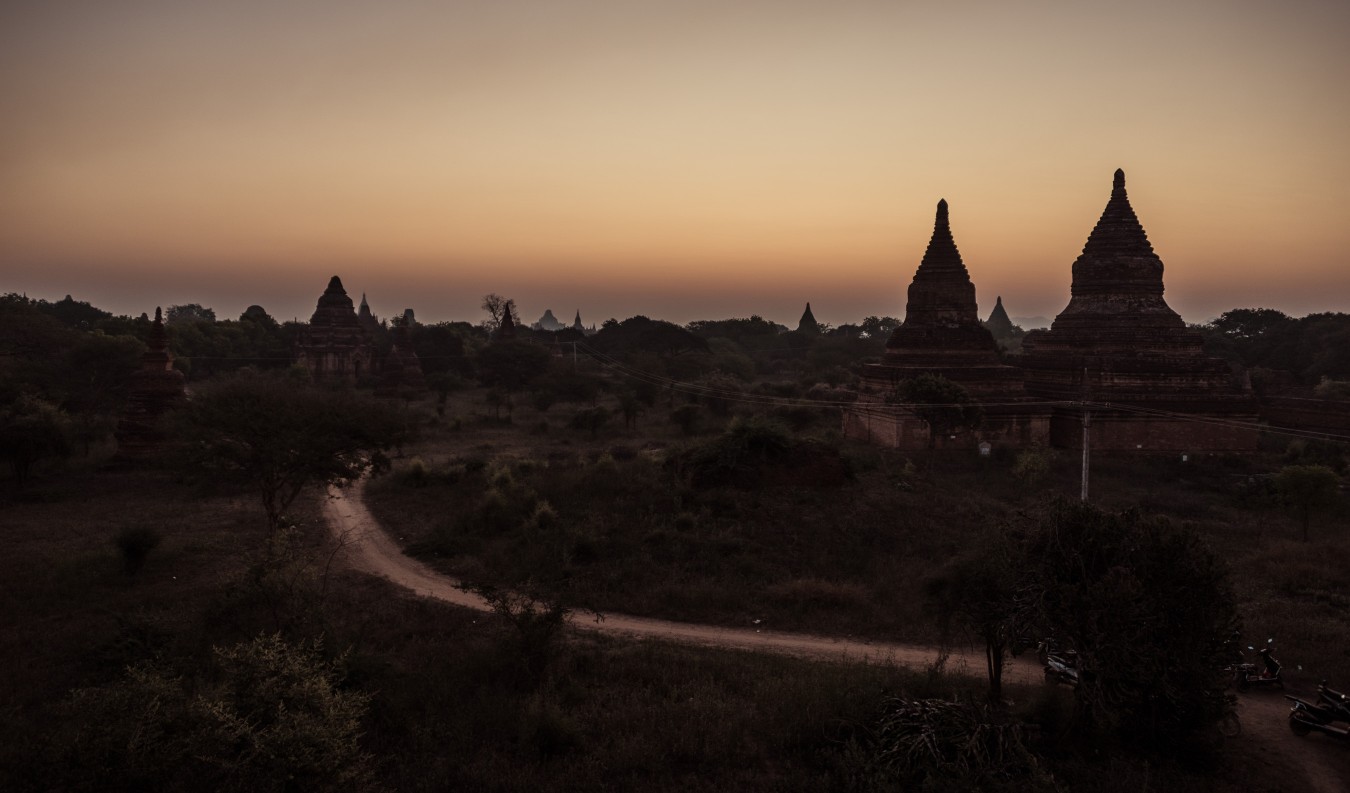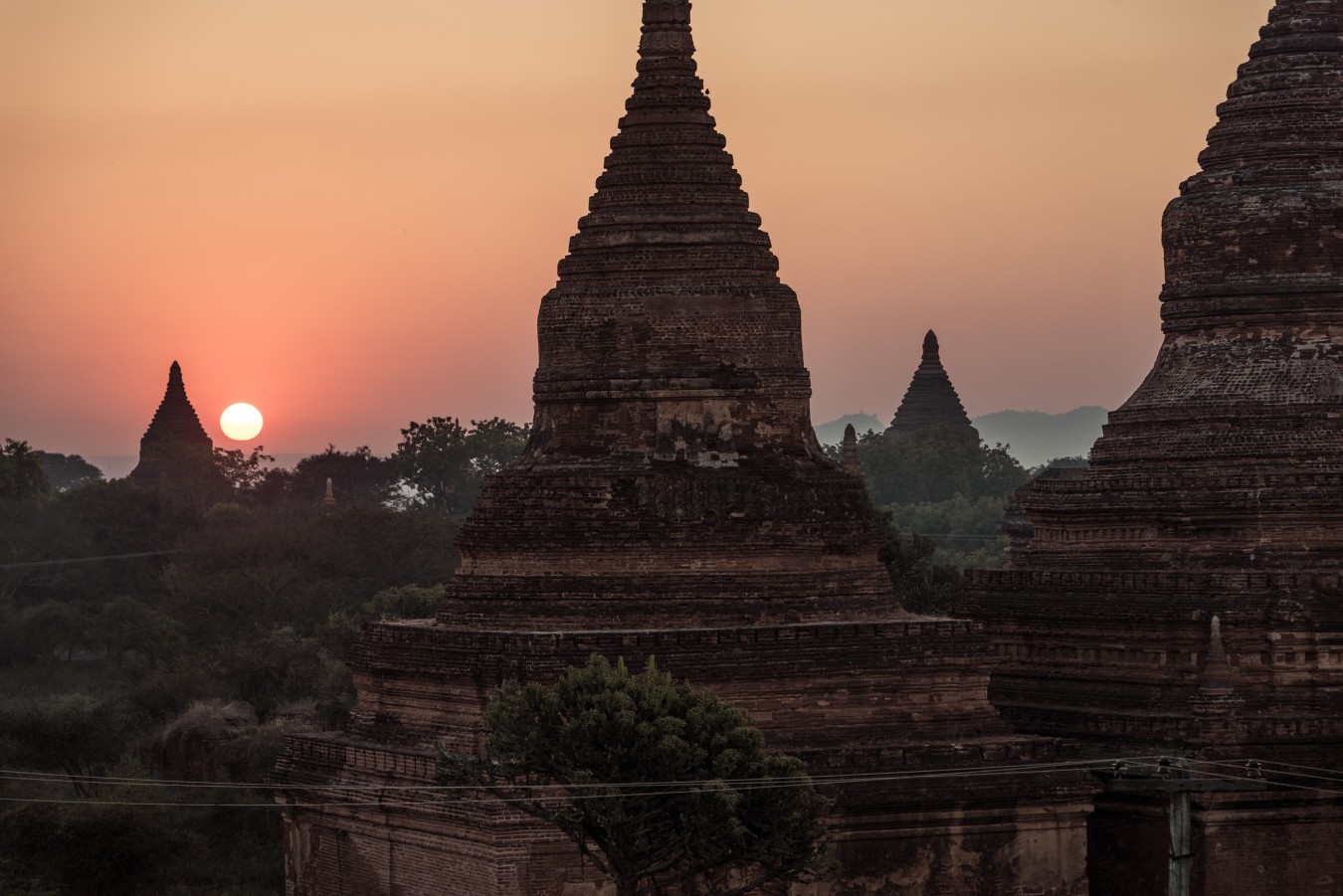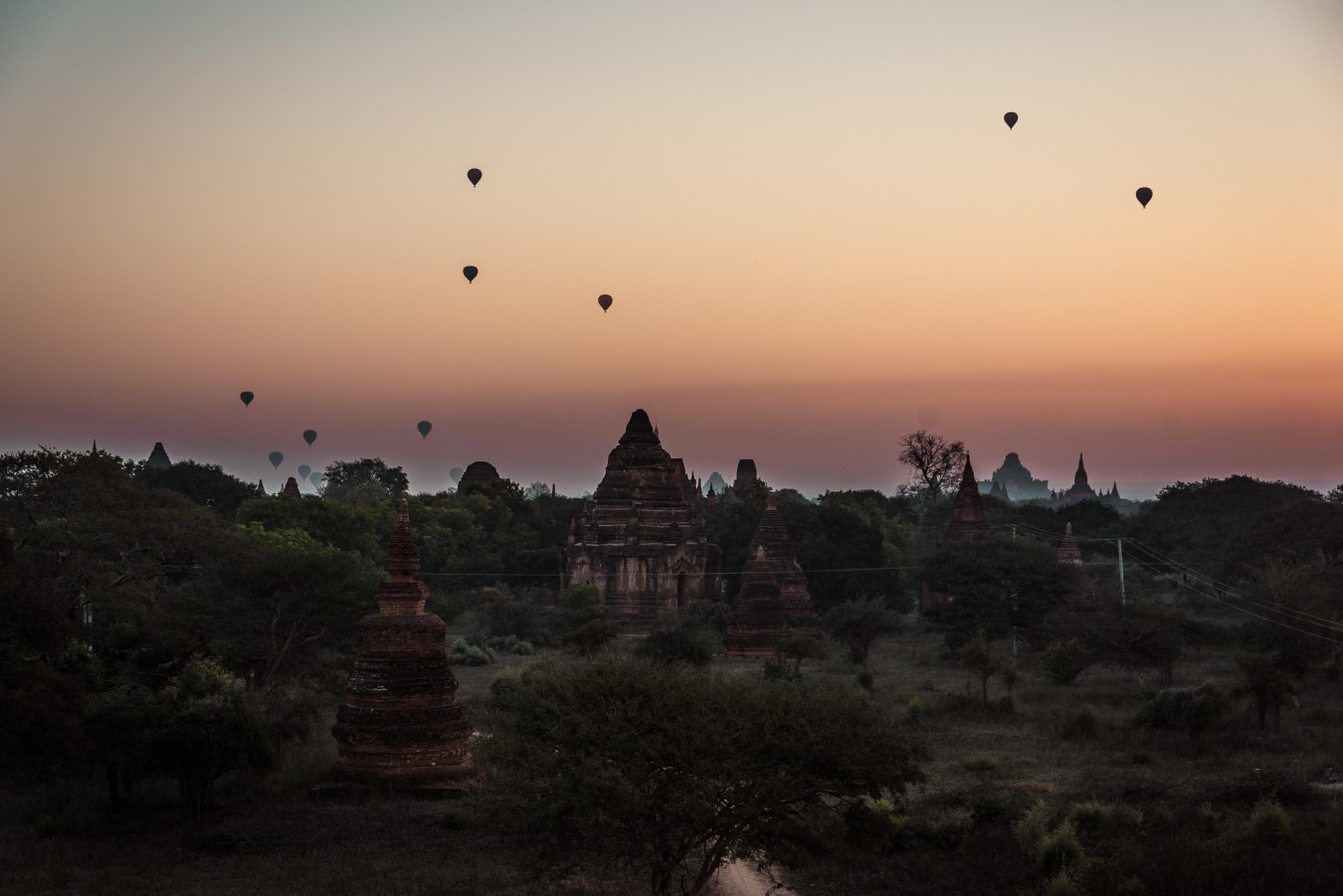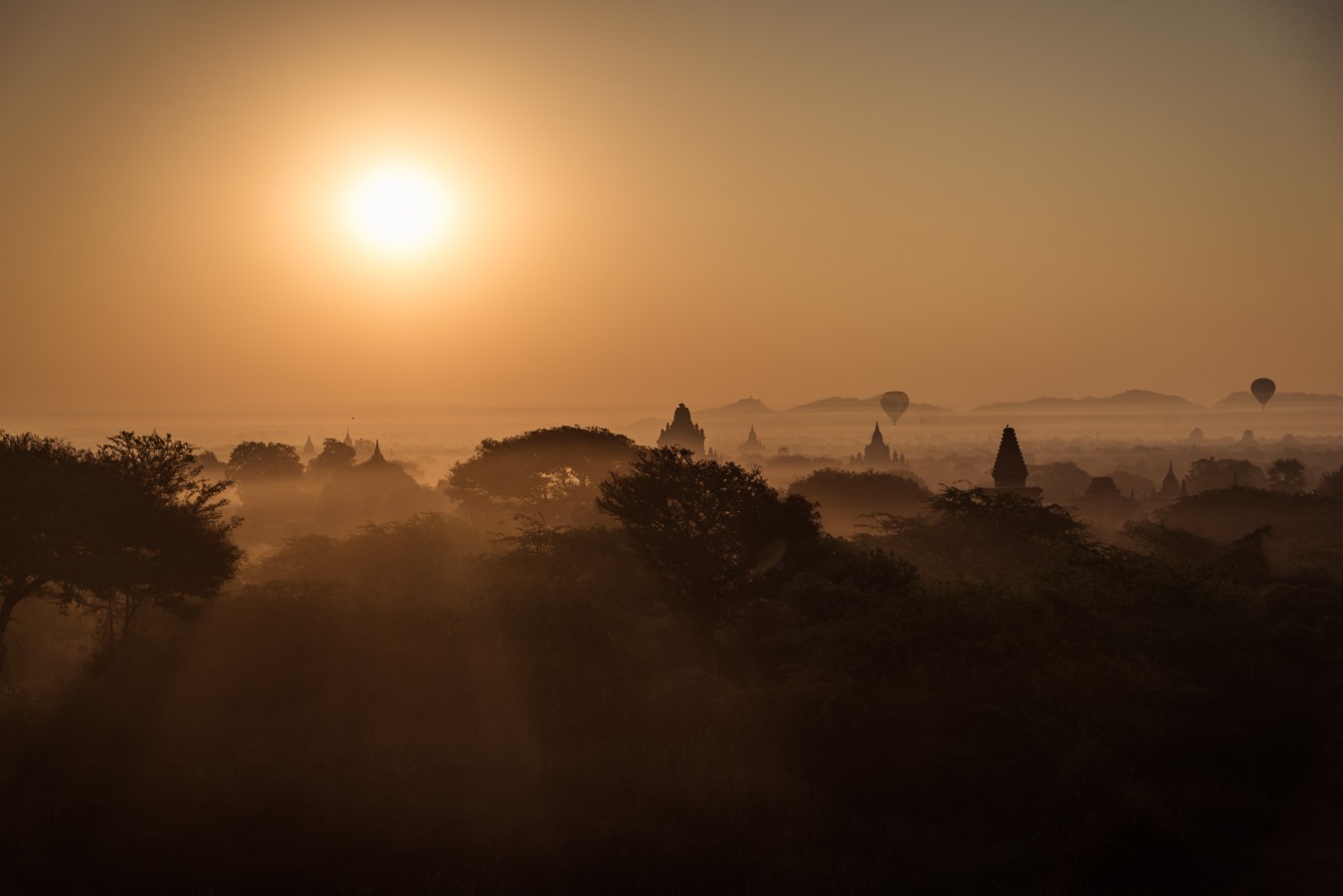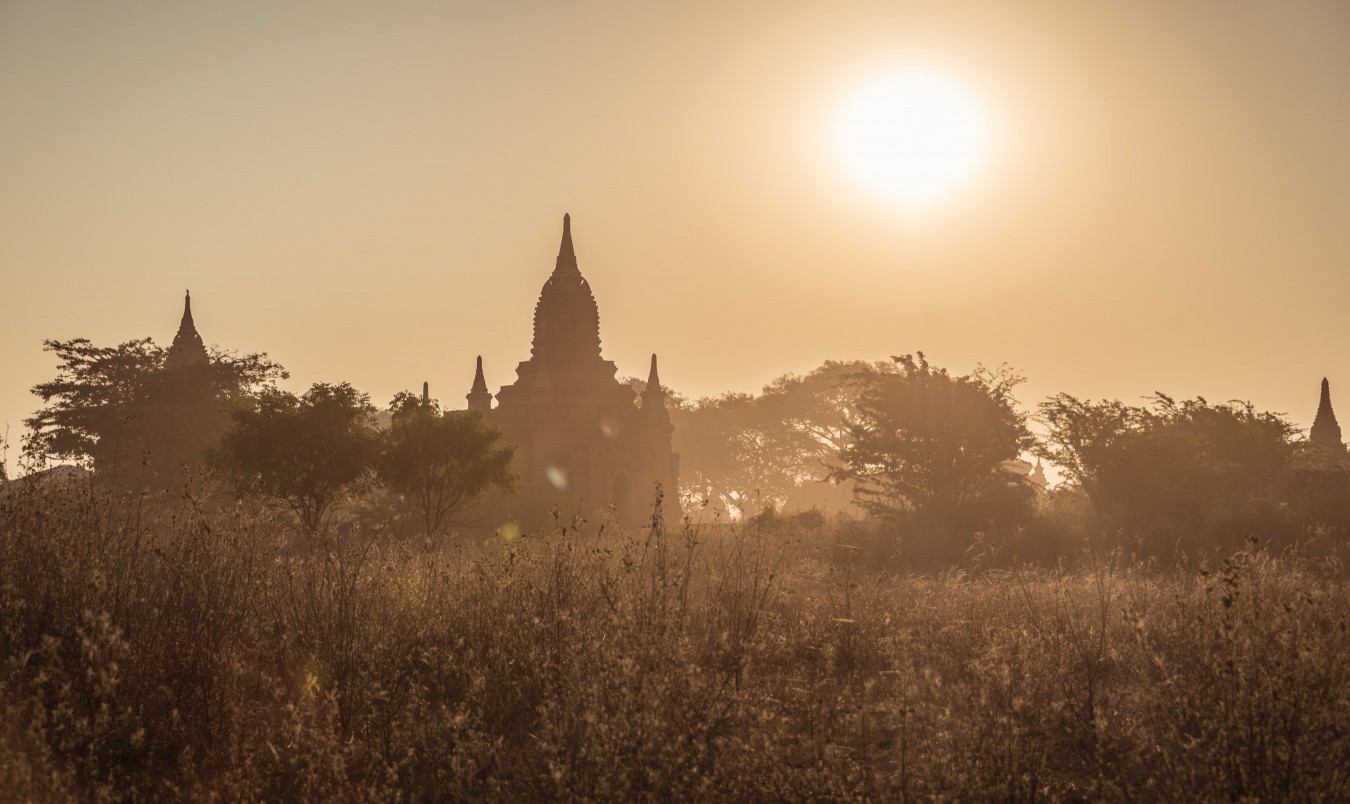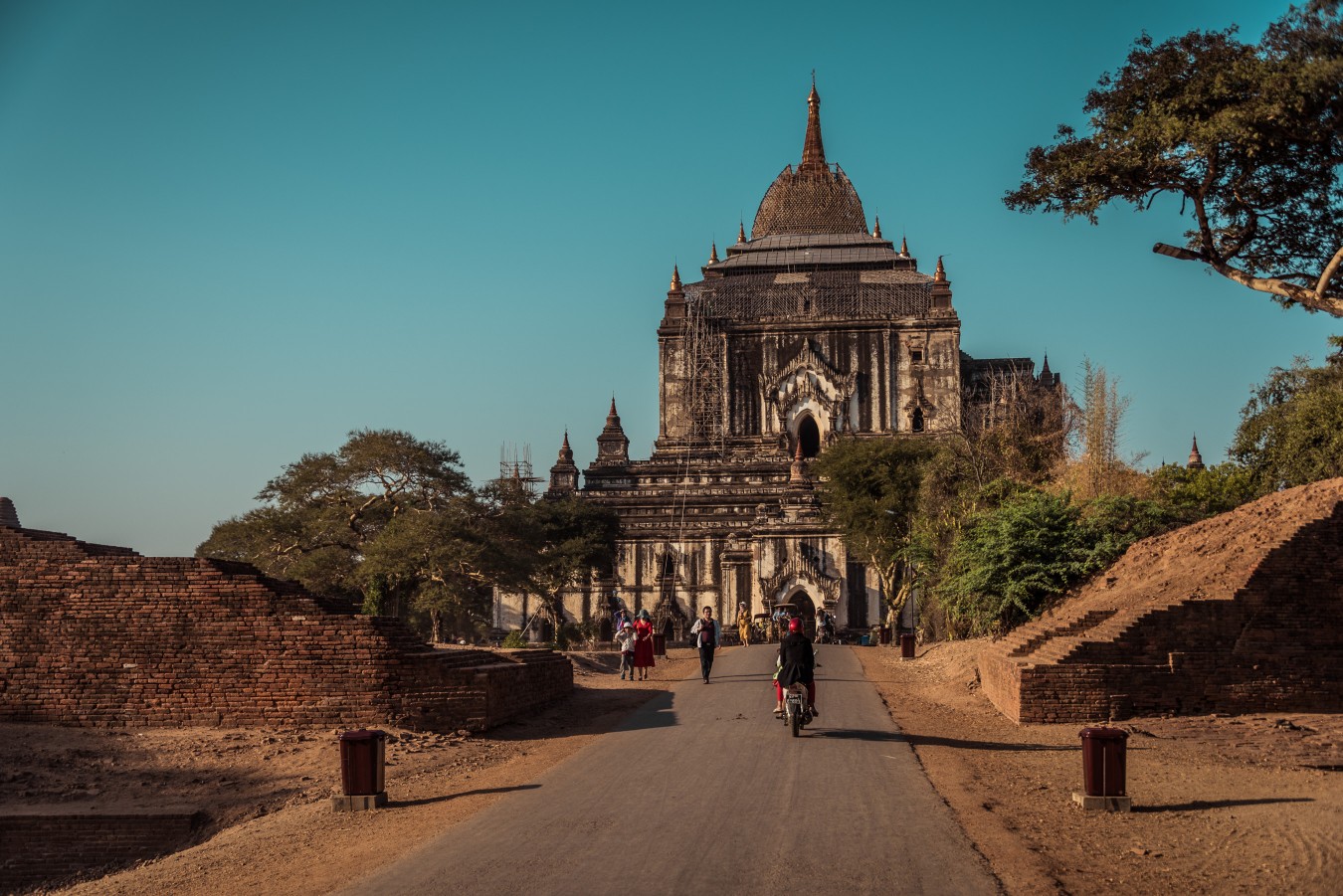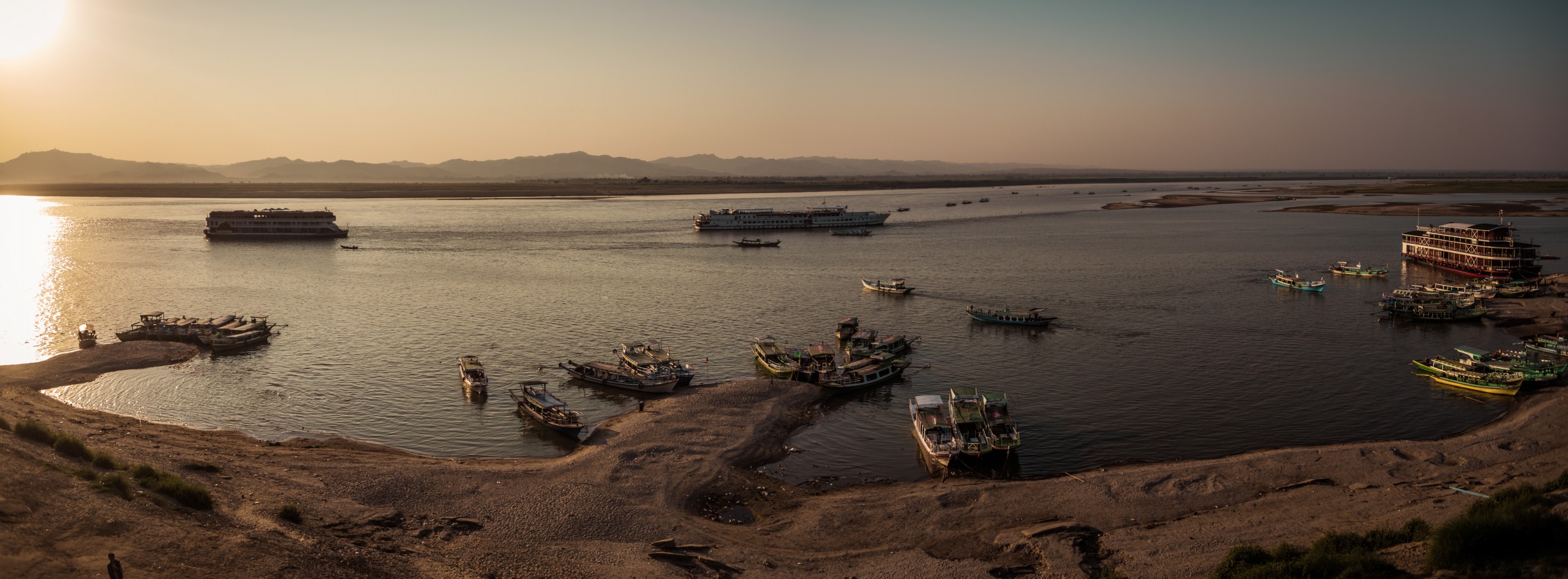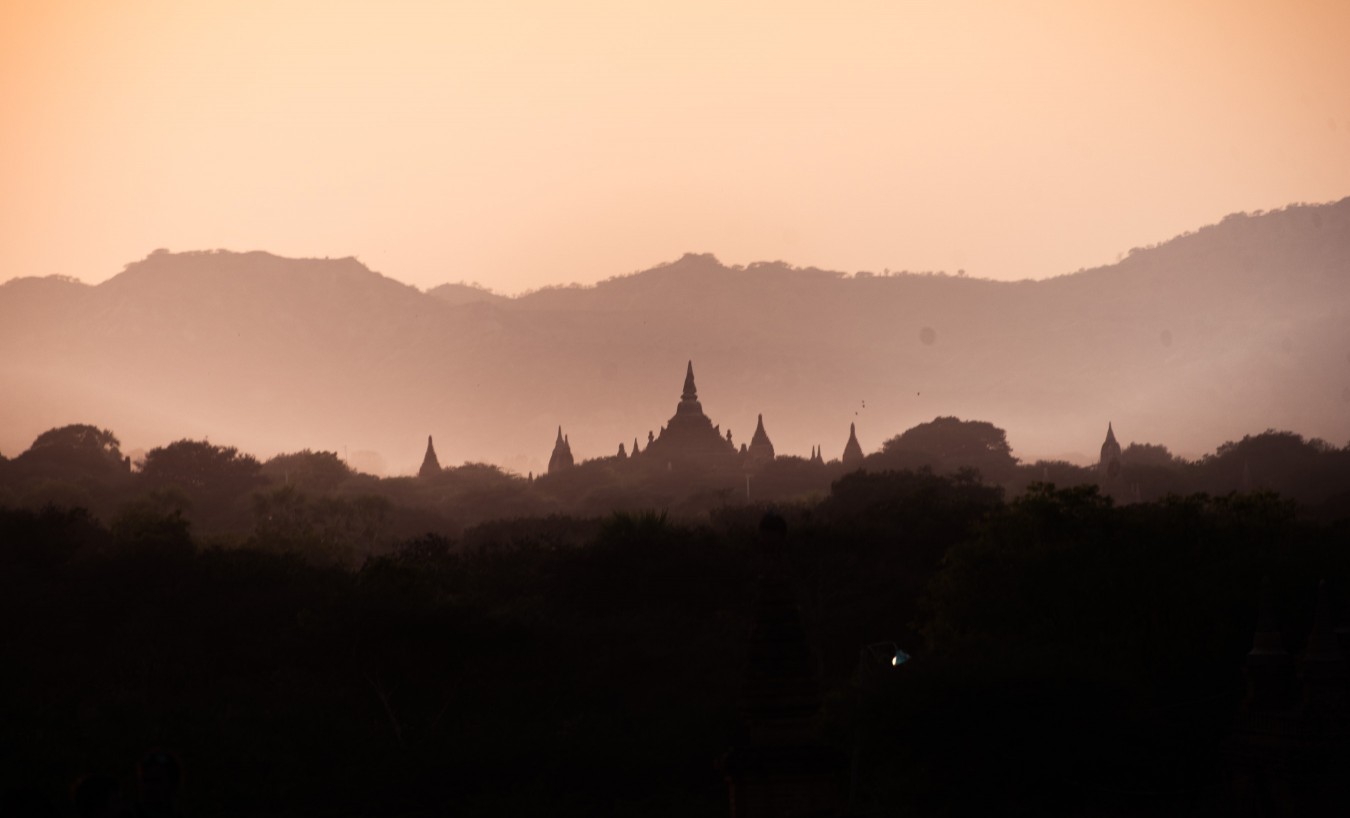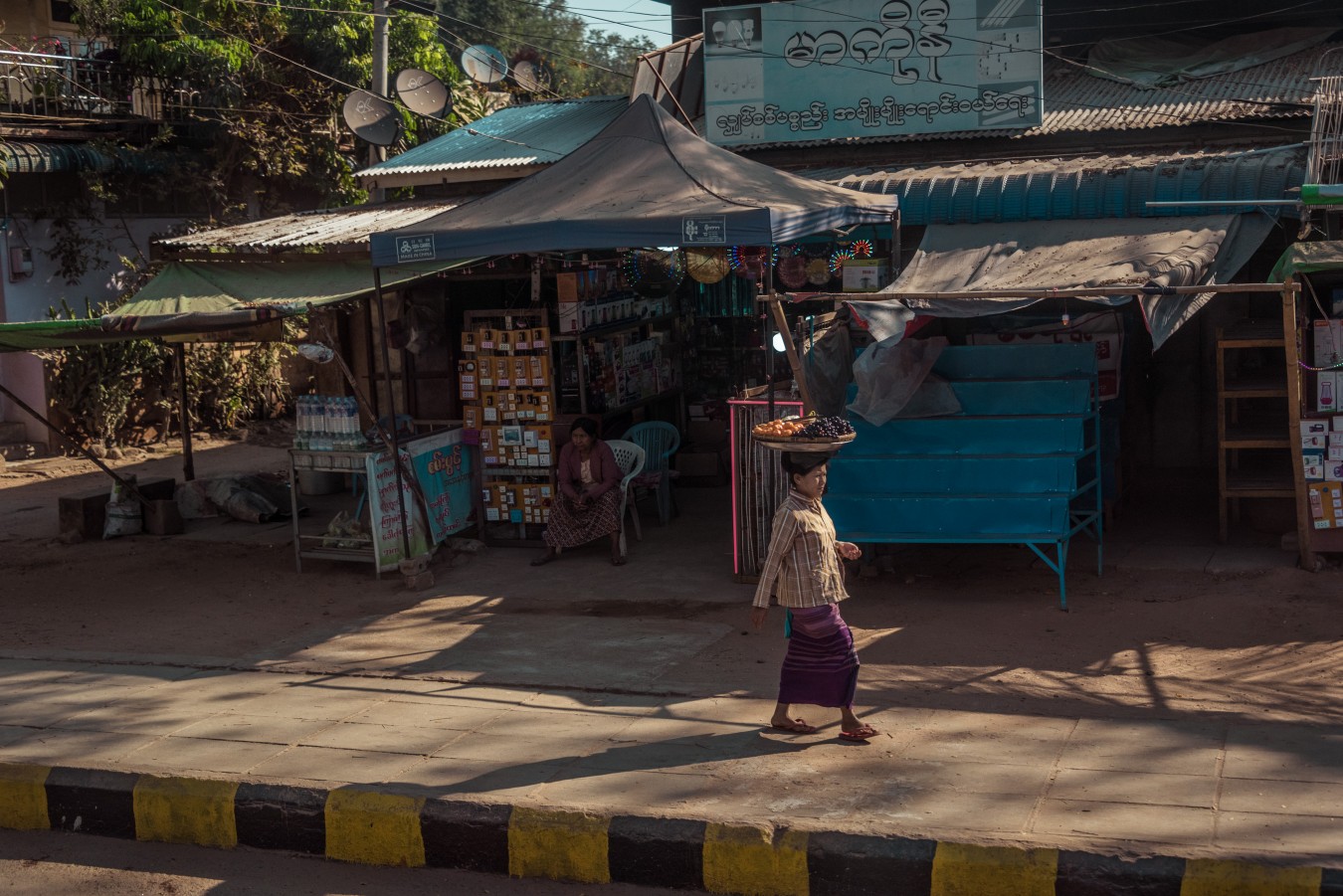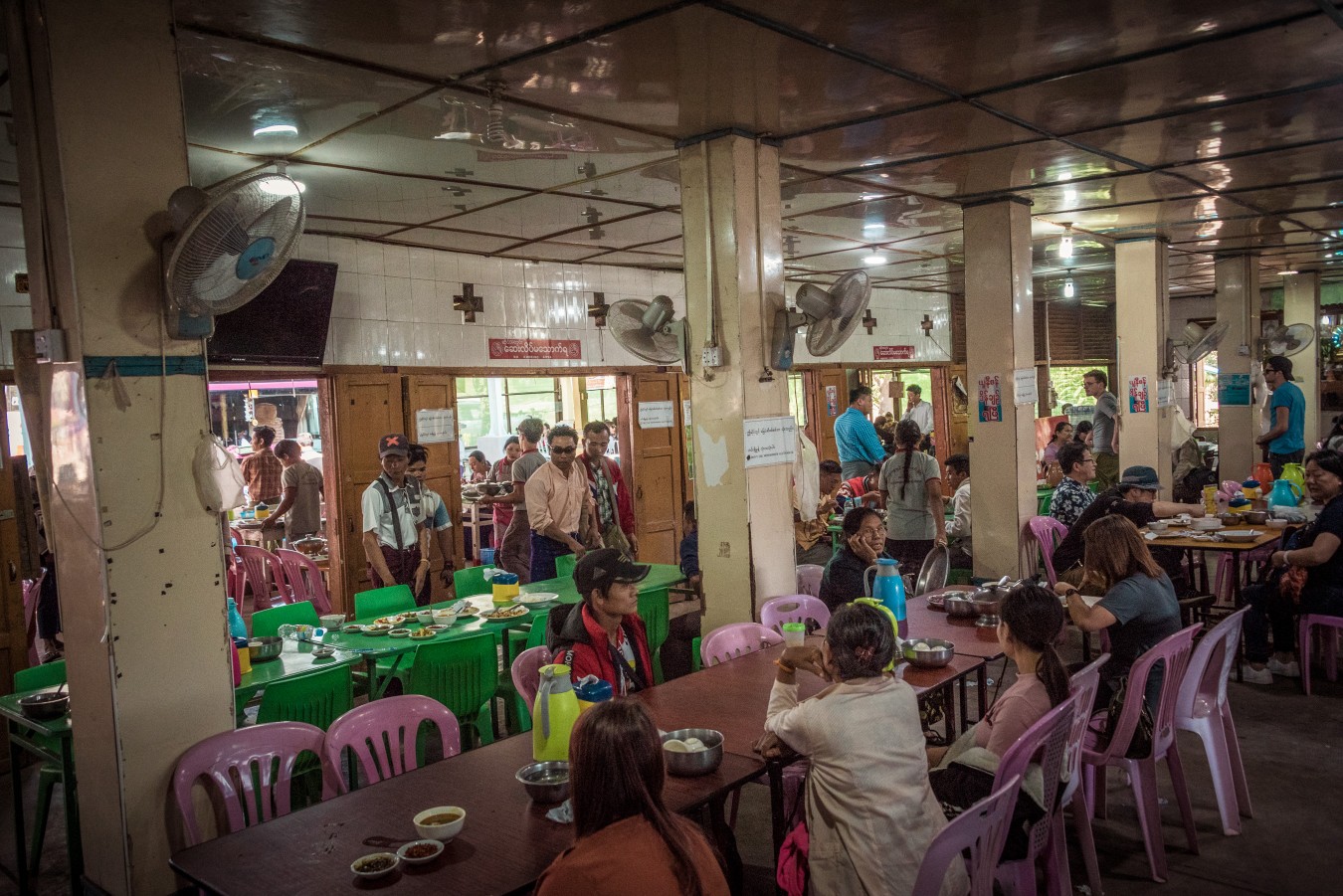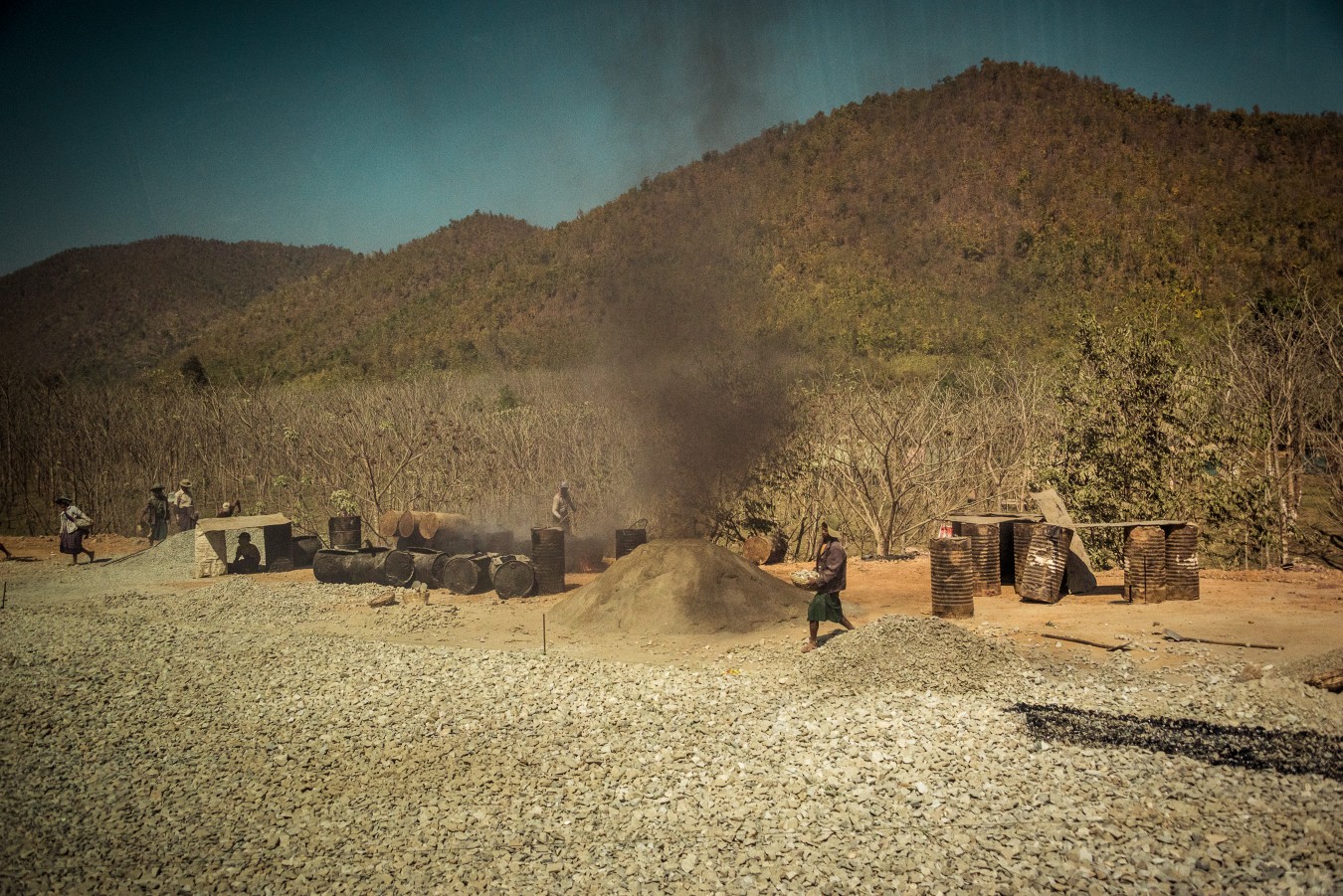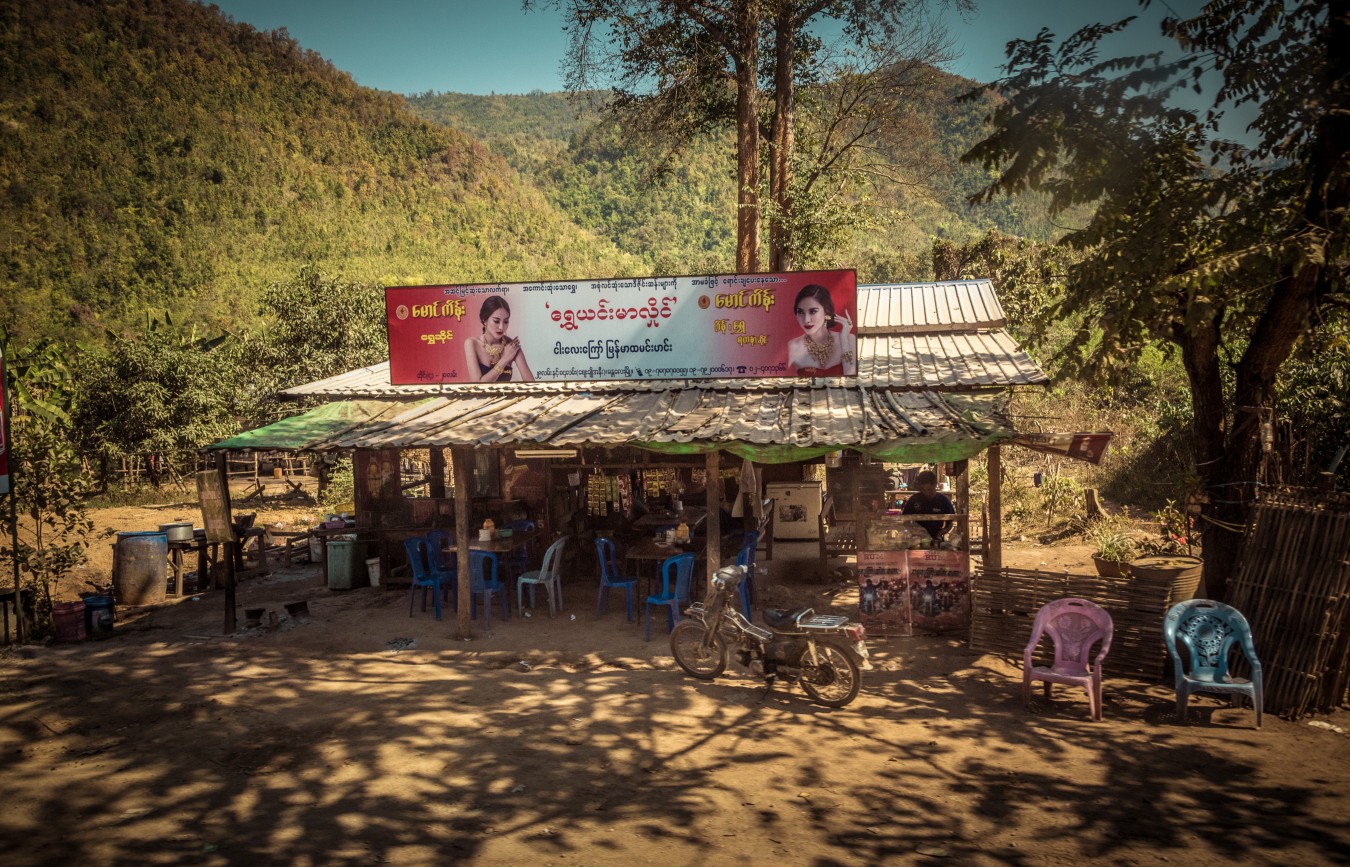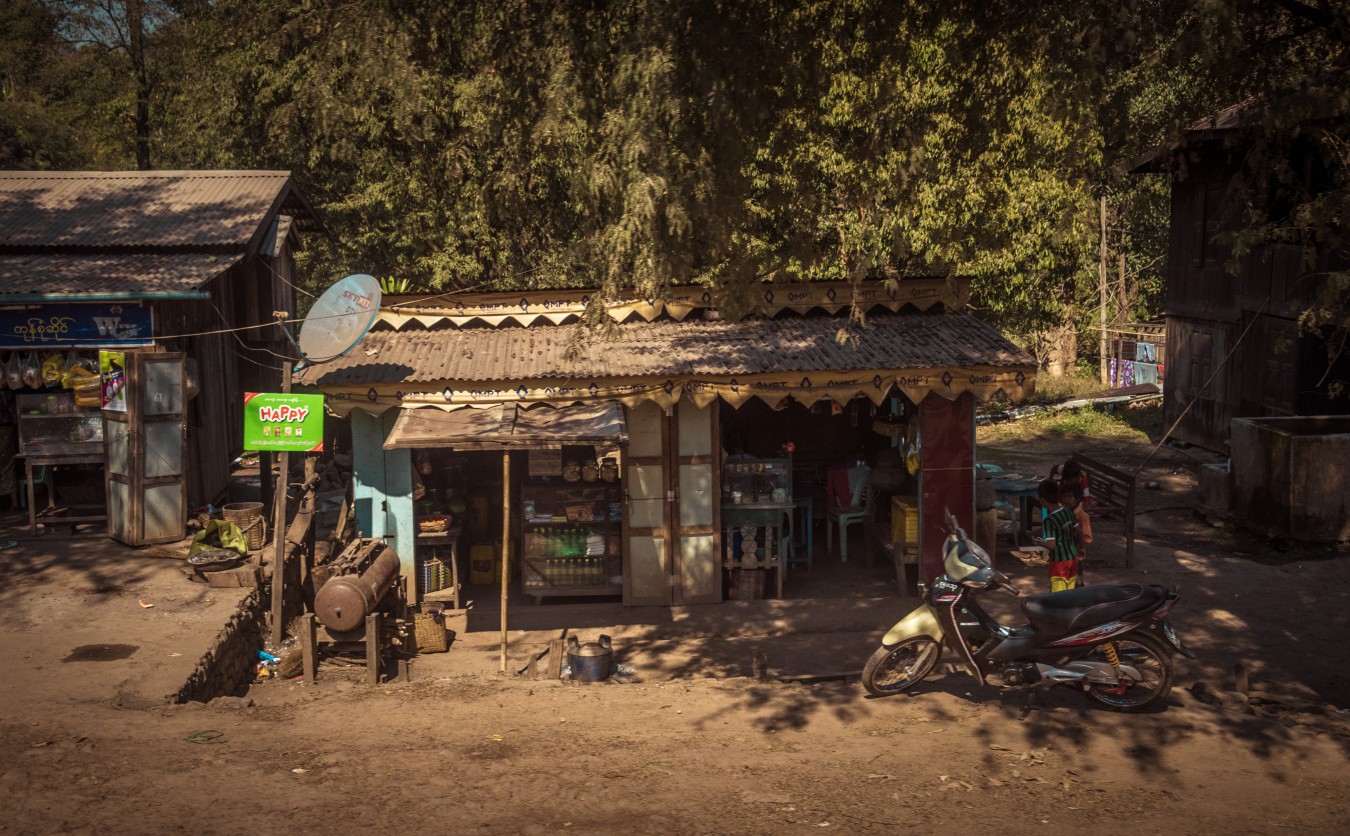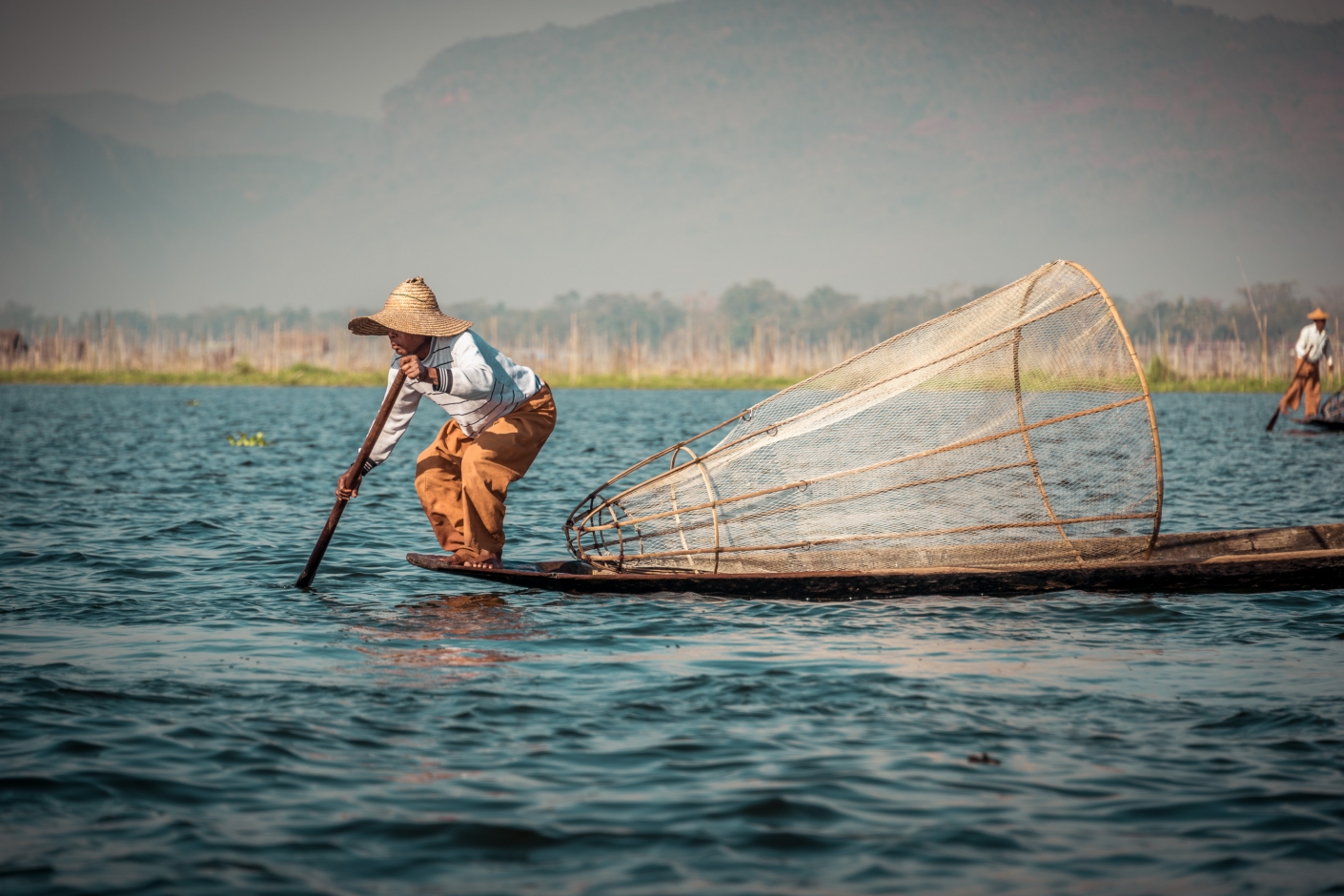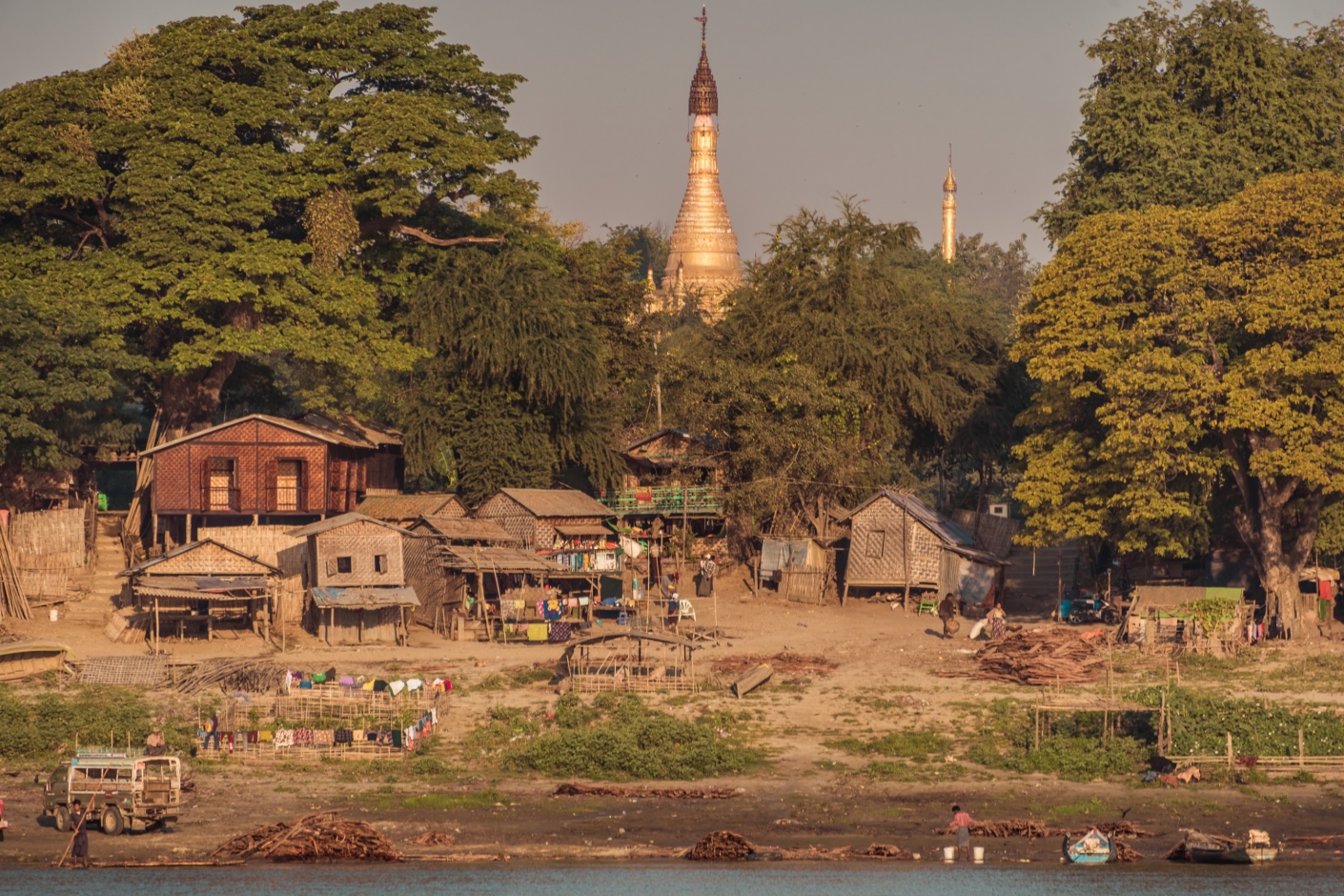Bagan in central Burma is one of the world’s greatest archeological sites, a sight to rival Machu Picchu or Angkor Wat. Yet luckily it still manages to avoid mass tourism with its destructive tendencies. Largely known as a romantic destination for the more adventurous, we have been eager for a long time to finally experience it fabled sunrises and sunsets over thousands of ancient pagodas.
The setting is sublime – a verdant 26 square-mile plain, part-covered in stands of palm and tamarind caught in a bend of the lazy-flowing Irrawaddy river and framed by the hazy silver-grey of distant mountains.
Rising from the plain’s canopy of green are temples, dozens of them, hundreds of them, beautiful, other-worldly silhouettes that were built by the kings of Bagan between 1057 and 1287, when their kingdom was swept away by earthquakes and Kublai Khan and his invading Mongols. Some 2,230 of an original 4,450 temples survive, a legacy of the Buddhist belief that to build a temple was to earn merit.
Most are superbly preserved or have been restored by Unesco, among others, and many contain frescoes and carvings and statues of Buddha, big and small. Only a handful are regularly visited, and though tourist numbers are increasing and the hawkers are beginning to appear, this is still, by the standards of sites of a similar beauty and stature, a gloriously unsullied destination.
After spending few beautiful days exploring Bagan on an electric scooter (as foreigners are not allowed to ride motorbikes in Burma), we hop on a cross-country bus through middle of the country and number of mountains and valleys towards the Shan State... but more on that in the next chapter! For now, enjoy the sublime beauty of ancient Bagan!
See full map
The setting is sublime – a verdant 26 square-mile plain, part-covered in stands of palm and tamarind caught in a bend of the lazy-flowing Irrawaddy river and framed by the hazy silver-grey of distant mountains.
Rising from the plain’s canopy of green are temples, dozens of them, hundreds of them, beautiful, other-worldly silhouettes that were built by the kings of Bagan between 1057 and 1287, when their kingdom was swept away by earthquakes and Kublai Khan and his invading Mongols. Some 2,230 of an original 4,450 temples survive, a legacy of the Buddhist belief that to build a temple was to earn merit.
Most are superbly preserved or have been restored by Unesco, among others, and many contain frescoes and carvings and statues of Buddha, big and small. Only a handful are regularly visited, and though tourist numbers are increasing and the hawkers are beginning to appear, this is still, by the standards of sites of a similar beauty and stature, a gloriously unsullied destination.
After spending few beautiful days exploring Bagan on an electric scooter (as foreigners are not allowed to ride motorbikes in Burma), we hop on a cross-country bus through middle of the country and number of mountains and valleys towards the Shan State... but more on that in the next chapter! For now, enjoy the sublime beauty of ancient Bagan!



